How to Stop Puppy From Howling in Crate: Effective Tips for Peaceful Training
Welcoming a puppy into our home brings joy, but it can also come with challenges, especially when it comes to barking and howling. To effectively teach our puppy to stop barking or howling in the crate, we must understand their behavior and create a comfortable and safe environment. Using positive methods and consistency, we can help our furry friends learn the right behaviors.
It’s crucial to recognize that puppies often bark or howl to express their needs or discomfort. By addressing the root causes of their vocalization, we can implement effective training techniques that help them feel at ease. With our guidance, we can train our puppies not only to stop barking but also to engage in more appropriate behaviors, such as chewing on toys instead of biting us.
Creating a structured daily routine and providing positive reinforcement is key to our success. When we equip our puppies with the right tools and create enriching experiences, they will learn how to relax and enjoy their crate while also developing good habits.
Key Takeaways
- Understanding puppy behavior helps reduce barking and howling.
- Consistency and positive reinforcement are essential for training.
- A comfortable environment and daily routines support good habits.
Understanding Puppy Behavior
To help our puppies thrive, it’s essential to understand their behavior. This section explores how puppies communicate and the reasons behind their barking and howling. With this knowledge, we can respond to their needs better.
Canine Communication and Body Language
Puppies communicate with us and each other through body language and vocalizations. Their ears, tail, and posture convey important messages. For instance, a wagging tail can indicate excitement, while flattened ears may suggest fear or submission.
We should pay attention to these signals. A puppy that approaches with a relaxed body is likely comfortable. Conversely, if they back away or growl, they may be scared or anxious.
Vocalizations also play a role in their communication. Barking can mean many things depending on the context. For example, a high-pitched bark may signal playfulness, while a deep bark can indicate warning or distress. Understanding these signals helps us respond appropriately to our puppy’s needs.
Reasons for Howling and Barking
Puppies howl and bark for various reasons. Often, these behaviors stem from their emotions and needs. Common causes include loneliness, boredom, anxiety, and hunger.
If a puppy howls when left in a crate, they may feel scared or lonely. Providing a comforting toy or an item with our scent can help ease their anxiety. Alternatively, excessive barking can result from boredom or pent-up energy. Keeping our puppies mentally and physically stimulated is essential to reduce this behavior.
Separation anxiety is another significant cause. Puppies may express distress through howling or barking when we leave them alone. To address this, we can gradually train them to feel secure in their crate, ensuring they see it as a safe space. Recognizing these reasons allows us to better manage their behavior effectively.
Basics of Crate Training
Crate training is an effective way to provide our puppies with a safe and secure environment. We will discuss the benefits and challenges of crate training, as well as how to choose the right crate for our puppy.
Crate Training Benefits and Challenges
Crate training offers many benefits. It provides our puppies with a safe space where they can relax and take naps. A crate helps with housebreaking by encouraging our puppies to hold their bladder until they can go outside.
However, we must be aware of the challenges too. If done improperly, our puppies may feel abandoned or fearful of the crate. It’s essential to build positive associations with the crate. We can make the crate inviting by adding comfortable bedding and familiar toys.
We should never use the crate as punishment. Instead, we can treat it as their personal retreat. Consistency and patience are crucial during this training phase.
Choosing the Right Crate
When selecting a crate, size is key. The crate should be large enough for our puppy to stand, turn around, and lie down comfortably. If the crate is too big, our puppy might use one side as a bathroom.
There are different types of dog crates to consider, such as wire crates, plastic crates, and soft-sided crates. Wire crates provide better ventilation and visibility, while plastic crates are often more secure.
We should also think about portability. If we plan to travel, a lightweight, collapsible crate may suit our needs best. Ultimately, we want a crate that provides a safe, enjoyable space for our puppy.
Creating a Comfortable Environment
To help our puppy feel secure and relaxed, we need to focus on making the crate a welcoming space. A comfortable environment is essential for reducing anxiety and preventing excessive barking or howling. Let’s explore how to achieve this.
Making the Crate a Safe Haven
We can transform the crate into a safe haven by ensuring it is inviting and cozy. Start with a soft, comfortable bed or blanket inside. This encourages our puppy to see the crate as a relaxing place.
Adding safe toys can also help keep our puppy occupied. Chew toys or puzzle toys can provide mental stimulation. We should avoid toys that might pose a choking hazard.
Covering the crate with a light blanket may create a den-like feeling, which can be comforting. It’s important to check on our puppy, especially during initial crate training, to ensure they feel secure.
Lastly, establishing a bedtime routine can signal to our puppy that it’s time to settle down and sleep. Regular exercise during the day can reduce pent-up energy, leading to quieter nights.
Soothing Techniques for Anxiety
To soothe our puppy’s anxiety, we can use a few effective techniques. Playing calming music or white noise can help drown out outside sounds and create a peaceful atmosphere. Many puppies respond well to these soothing sounds during crate time.
Using calming supplements may also support our puppy’s relaxation. Always consult with a veterinarian before introducing any new products. Natural options, like certain herbal supplements, can be beneficial.
We should pay attention to scents as well. Using items that carry our scent, like a worn shirt, can be comforting for a puppy. Placing a safe, scented toy in the crate can also help.
Together, these techniques can create a comforting environment that helps our puppy feel more secure in their crate, reducing howling and barking issues.
Training Techniques to Mitigate Barking and Howling
To help our puppies reduce their barking and howling, we can use effective training techniques. These methods focus on positive reinforcement and gradual desensitization to create a calmer environment.
Positive Reinforcement Strategies
We can encourage quiet behavior by using positive reinforcement. This involves rewarding our puppy when they are quiet. Treats are an effective way to reinforce this behavior. For instance, when we notice our puppy being quiet in the crate, we can give them a small treat. Consistency is key; we need to repeat this process regularly.
Incorporating exercise and mental stimulation into our routine can also help. A tired puppy is less likely to bark or howl. Daily walks, playtime, and training sessions keep our puppy engaged. When we combine these activities with rewards for being quiet, we build trust and a positive association with silence.
Desensitization and Gradual Introduction
Desensitization is another useful technique. This means slowly getting our puppy used to the crate and sounds that might trigger barking. We can start by letting our puppy explore the crate with the door open. Once they feel comfortable, we can close the door for short periods while keeping them occupied with a toy or treats.
If our puppy barks in response to noises outside, we can gradually expose them to these sounds at a lower volume. Over time, we increase the volume as they become more comfortable. This technique helps build their confidence and reduces anxiety, which often leads to barking. If we find it challenging, seeking professional help can provide additional guidance.
Behavioral Interventions and Professional Support
When addressing issues like howling or barking in the crate, we can explore various behavioral interventions and professional support options. These approaches can be beneficial for both us and our puppies, especially when dealing with persistent problems.
When to Seek Professional Help
If our puppy shows excessive barking or howling despite our best efforts, it may be time to seek professional help. This could include working with a professional dog trainer or behaviorist who has experience with crate training and barking issues.
We should seek assistance if:
- Our puppy shows signs of stress or anxiety.
- We feel overwhelmed by the situation.
- Training does not seem to be effective after consistent efforts.
Professional trainers can provide tailored strategies for our specific needs and build trust with our puppy, enhancing the training process.
Alternative Solutions for Busy Owners
For those of us with hectic schedules, finding time to train our puppy can be challenging. In these cases, we can rely on alternative support methods.
Using interactive toys and puzzle toys can keep our puppy engaged while we’re busy. These toys stimulate our puppy’s mind and can reduce feelings of boredom, which often leads to excessive barking. We can also consider hiring a pet sitter or dog walker who can engage our puppy during the day.
These alternative solutions can complement our crate training efforts and help manage barking behaviors. By combining these tools, we can create a supportive environment that works for both us and our puppies.
Daily Routines and Consistency
Creating daily routines and maintaining consistency are key factors for effectively training our puppies. A predictable schedule helps them feel secure and reduces anxiety. By establishing regular times for feeding, play, and exercise, we can minimize unwanted barking and howling.
Establishing a Routine for Your Puppy
We must set a clear daily routine for our puppy. This includes regular feeding times, bathroom breaks, and play sessions. A typical daily schedule might look like this:
- Morning: Feed and take out for a bathroom break.
- Midday: Playtime or mental stimulation activities like puzzle toys.
- Afternoon: Short training sessions.
- Evening: Another bathroom break, followed by dinner.
- Bedtime: A calming wind-down routine with crate training.
Providing mental stimulation through toys and training during the day prevents boredom, which can lead to howling or barking in the crate. By ensuring our puppy knows what to expect, we create a safe and comforting environment.
Consistency in Training and Schedules
Consistency is crucial in our puppy’s training and daily schedule. Whenever we respond to our puppy’s behavior, we need to do so in the same way. This includes:
- Reinforcement: Use similar commands and rewards.
- Crate Training: Build a specific bedtime routine, ensuring the crate is a safe space.
- Exercise: Stick to set times for walks or play to burn off energy.
If we change our approach frequently, it may confuse our puppy. Sticking to our schedule and training techniques will help them learn limits and expectations. Routines help reduce anxiety and lead to fewer barking sessions in the crate.
Toys and Tools to Curb Negative Behaviors
Using the right toys and tools can significantly help in reducing negative behaviors like barking or howling. By offering our puppies engaging options, we can keep them mentally stimulated and prevent boredom.
Interactive and Chew Toys for Mental Stimulation
We should consider interactive toys and chew toys that encourage our puppies to think and play. These toys not only keep our puppies busy but also help reduce anxiety.
For example, toys that squeak or make noise can capture our puppies’ attention and redirect their energy. Chew toys, especially those made from safe rubber materials, can satisfy their natural urge to chew. Regular access to these toys can keep our puppies interested and busy during crate time.
We can also rotate toys to maintain engagement. Placing a few toys in the crate can provide comfort during naps and lessen barking. This practice engages their minds, helping our puppies learn that their crates are safe spaces.
Utilizing Puzzle Toys and Safe Chewing Options
Puzzle toys are excellent for promoting mental stimulation. These toys require our puppies to figure out how to get a treat or kibble. Offering these engaging toys during crate time can distract them from howling.
Additionally, safe chewing options like beef collagen sticks or other digestible chews can provide long-lasting entertainment. These help satisfy our puppies’ chewing instincts while reducing their boredom. As we know, boredom often leads to negative behaviors, like excessive barking.
It’s important for us to supervise our puppies with these toys to ensure their safety. The right balance of play and rest helps foster a positive atmosphere, making it easier for our puppies to feel relaxed in their crates.


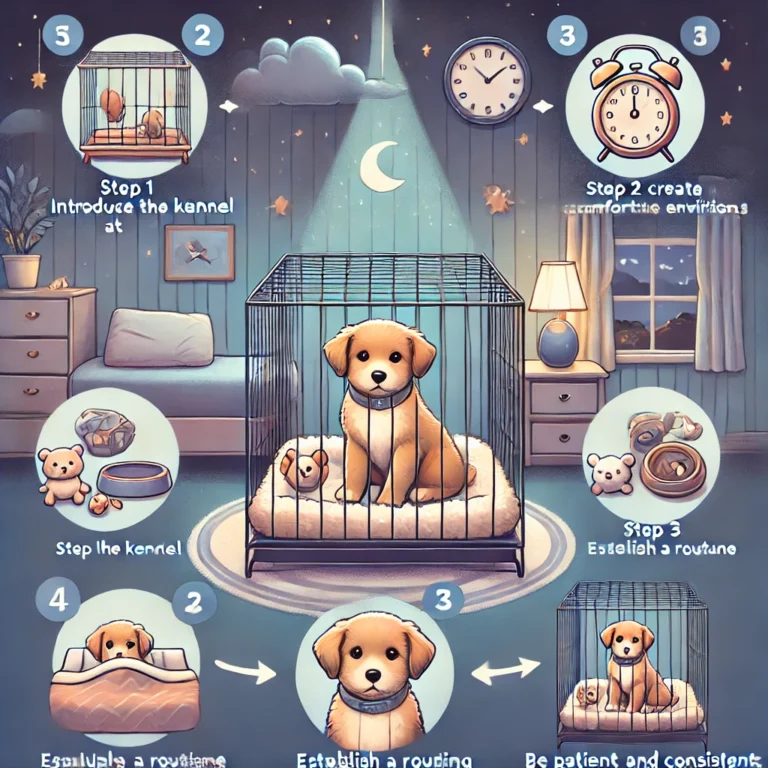
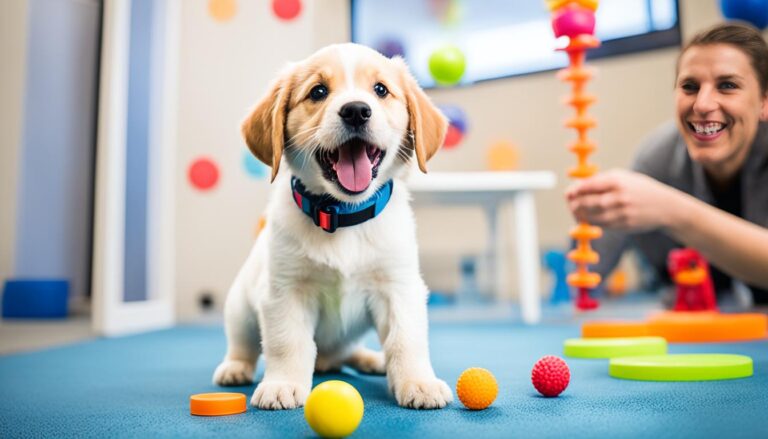
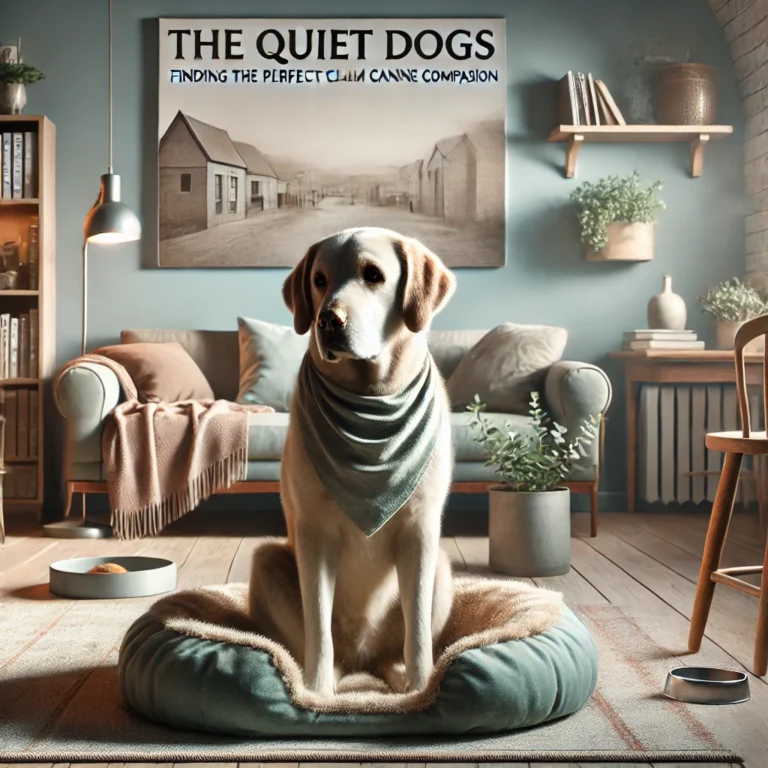
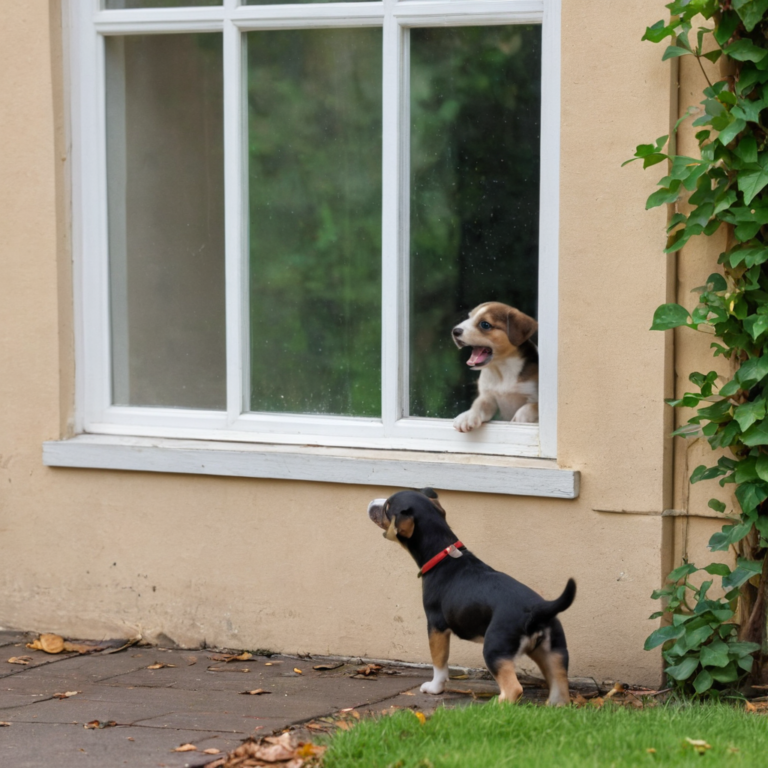
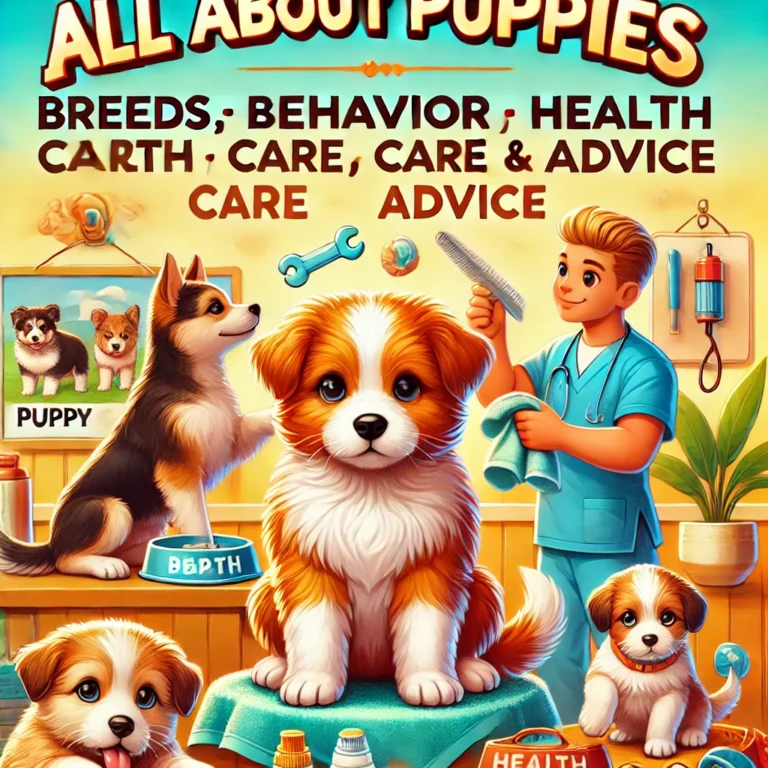

One Comment